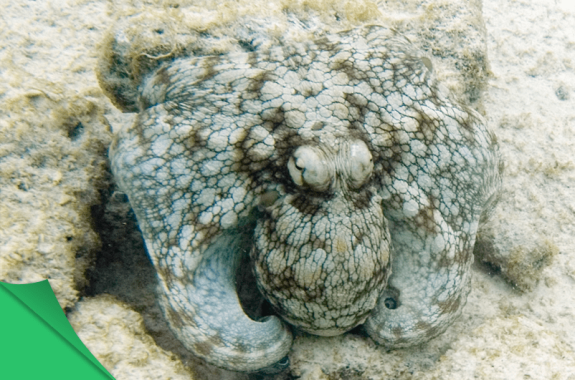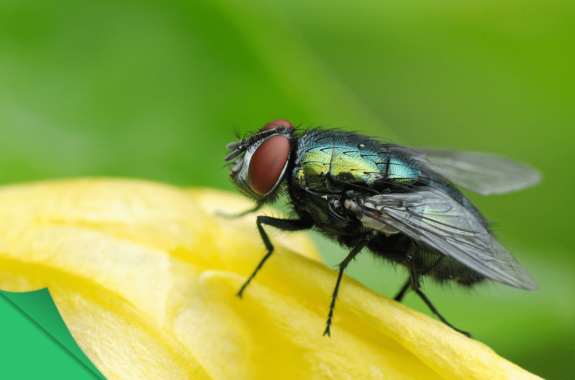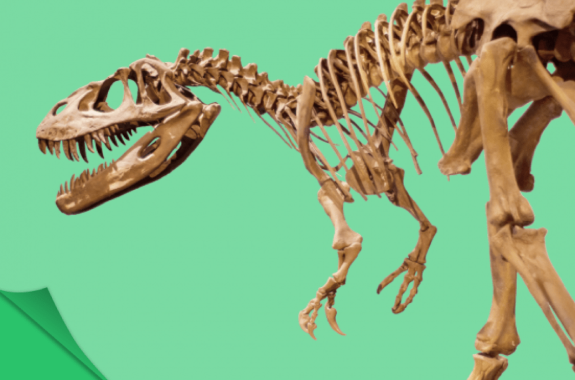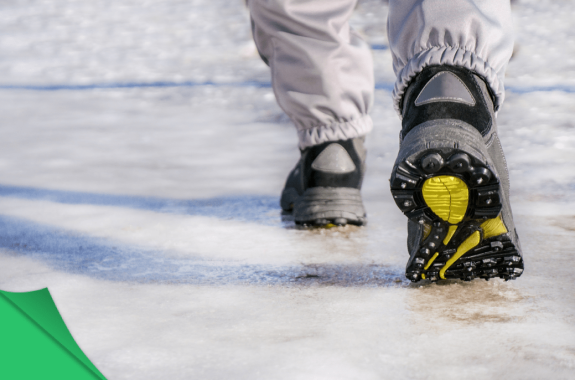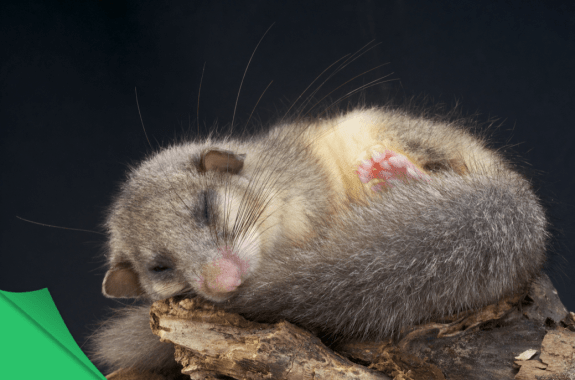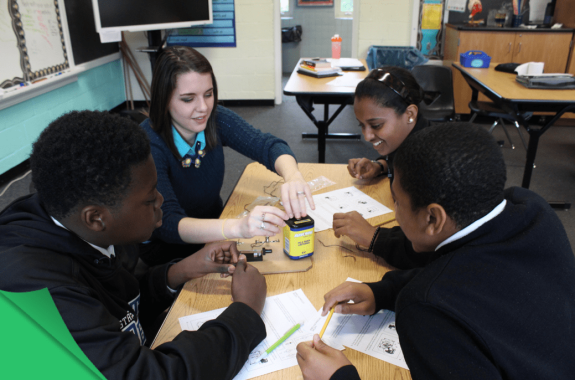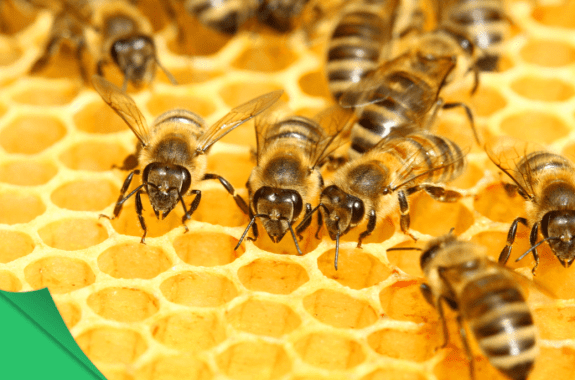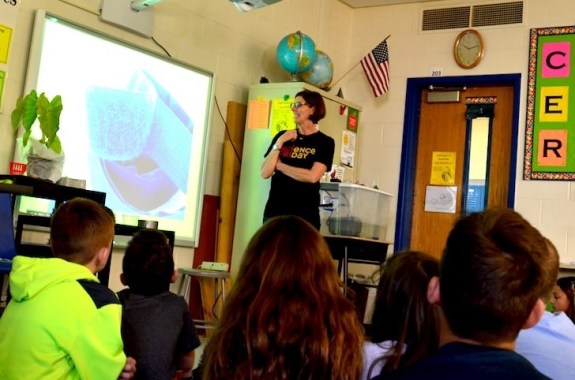Cephalopod Camouflage: A Beauty That’s Skin Deep
It’s a rock, it’s seaweed, it’s an…octopus? Using this hands on activity, learn how crafty cephalopods are well adapted to hide in an ocean full of predators.
Smell That? It’s Forensic Entomology At The Body Farm
Try your hand at forensic entomology and use insect larvae to find the age of a rotting corpse in this body farm simulation
Fossilization And Decay At The La Brea Tar Pits
Using the La Brea Tar Pits as inspiration, look at the conditions that affect fossil formation.
How Do You Figure Out How Dinosaurs Walked?
Analyze the gait of bipedal organisms, including humans, chimps, and birds, then use pelvic anatomy to predict how theropod dinosaurs walked.
Slippery Soles: A Lesson In Friction
Even in our best winter boots, we often slip and slide on icy sidewalks. Design a boot that doesn’t slip on ice, in this friction and surface area engineering challenge.
Do Edible Dormice Hold Secrets To The Fountain Of Youth?
Investigate the relationship between the protective ends of DNA, called telomeres, and lifespan in a long-lived rodent.
2017 Science Friday Educator Collaborative
The 2017 cohort are redesigning boots, fossilizing chicken bones, and more for the classroom.
All Spun Up: A Look At Properties Of Rotation
Why do hardboiled eggs spin better than raw ones? How can you engineer faster race car wheels? The key is understanding rotational inertia.
Why Are Honeycomb Cells Hexagonal?
Honeybees make the cells of their hives in the shape of hexagons, but why?
Apply For The Science Friday Educator Collaborative!
Science Friday is looking to work with educators like you to create stellar STEM activities. Applications for the 2020 program are open!
